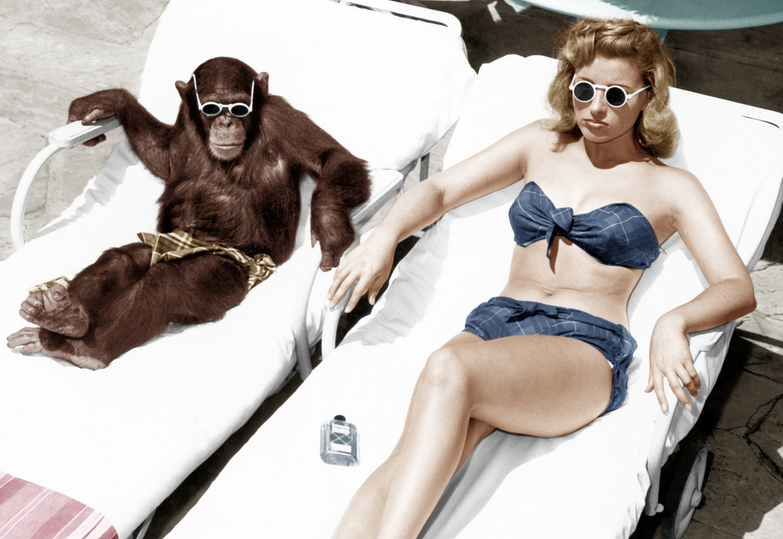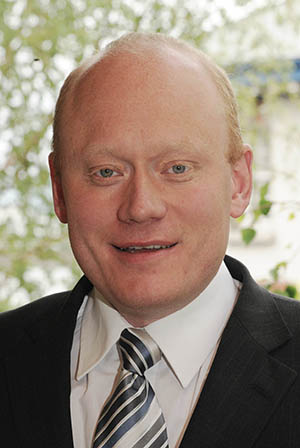Because it helps us understand how consumers behave and respond, Behavioural Science continues to play an important role in the marketing research world, writes Jimmy Larsen.
Behavioural economics is the big thing in marketing right now. It looks at consumers in a different way, focusing on System 1 instinctive decision-making, the non-conscious and emotional drivers of brand perceptions and choice.
The core of Behavioural Economics is that consumers are not some kind of “rational man” who weighs up all pro’s and con’s when choosing a product, with full access to all information in the market and the ability to handle this amount of information. Instead, consumers (or humans as Behavioural Economists prefer to call them!) are bound by limitations in their ability and motivations to analyse information and the amount of information actually available to them.
As a result of this, Behavioural Economics differentiates between System 1 and System 2 decision making. System 2 is the theoretical “rational man” who makes a full assessment of all information available to him before making a choice. Some high risk consumer choices such as house purchases would fall into this territory.
System 1 relies more on our consumer instinct and previous experience rather than an attempt to make an objective assessment of choices. System 1 is the automated process whereby we pick a soft drink in the supermarket or decide only to give three brands a chance to quote for our car insurance.
Measuring System 1
For many, System 1 and Behavioural Economics can be a rather challenging task. How can we, as researchers and marketeers, uncover an understanding of consumer decision making when consumers themselves are unaware of how they make decision?
“Consumers are emotional creatures, making decisions in automated and non-conscious ways based on intuition and previous experience.”
The answer is actually quite simple. The key is to put consumer emotion at the forefront of any research design and how we interpret the data collected. Consumers are emotional creatures, making decisions in automated and non-conscious ways based on intuition and previous experience.
For example, when measuring advertising performance, it is not enough to look at cut through, branding and likely future brand usage. While these more rational measures must be kept in the model, we also need to measure the more emotional response to the advertisement. It is the emotional response that builds brand equity in the longer term and thereby guides the automated and non-conscious consumer choices in the future. The advertising evaluation model must include measures such as Fame and Salience, as described by Les Binet and Peter Field in their work on advertising effectiveness.
Another example of how to put emotional and non-conscious behaviour at the centre of a research design can be taken from conjoint studies. Instead of simply asking consumers what is important when choosing a product, the conjoint model allows us to analyse and model consumer choice, including more irrational behaviours, e.g. responding to promotions, taking brand cues from pack design, etc.
So in short, a lot of what is currently done within the field of market research already incorporates System 1 thinking and Behavioural Economics.
Learning from Behavioural Science
But Behavioural Economics also offers a number of new approaches to consider when analysing consumers.
One of these approaches is Implicit Response Testing. This approach is utilised in online and mobile surveys and is particularly useful in brand studies, concept testing or surveys about a sensitive topic. In addition to collecting answers to questions, we measure the time taken before giving these answers, i.e. the level of certainty or hesitance. Recent work conducted by RED C demonstrates that building implicit testing into a brand study can provide unique, additional insights into the more unconscious behaviours of consumers.
Behavioural Economics has also given rise to a number of new technologies used within market research to understand System 1 behaviour and non-conscious choice, e.g. eye tracking, facial coding, biometric measurement and neuro testing. Furthermore, Virtual or Augmented Reality opens up opportunities to build research environments that very closely simulate the real world.
Nudge Theory is another popular topic within Behavioural Economics. By taking a behavioural economic approach to analysing how consumers act, we can identify subtle changes in the way information is presented to consumers, which in turn can change their behaviour in our favour.
Behavioural Science also promotes a more multi-disciplinary approach to research problems where we incorporate knowledge and methods from a number of disciplines, e.g. marketing, brand, psychology, ethnographic and cultural anthropology, which helps better understand how consumers really behave.
RED C is fortunate to work closely with both our WIN network research partners, BVA (France), who are award winning global leaders in Nudge research programmes and House 51 our System 1 research experts. So, if you want to know more about how System 1 research and how Nudge works, we are happy to help you better understand how you may utilise its benefits for your brand or category.
Jimmy Larsen is a director RED C Research & Marketing.
First published in Irish Marketing Journal (IMJ April 2018)© to order back issues please call 016611660























